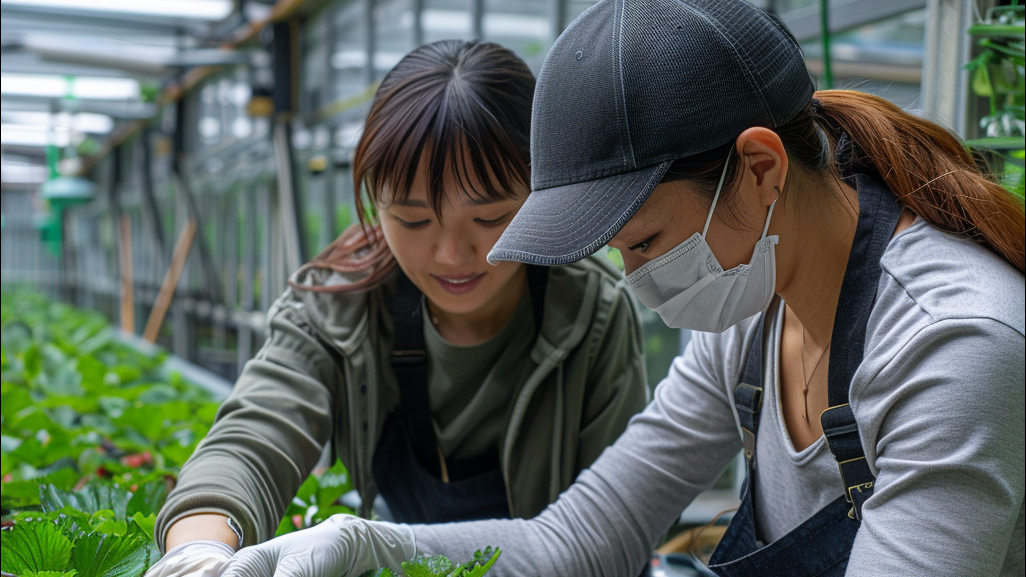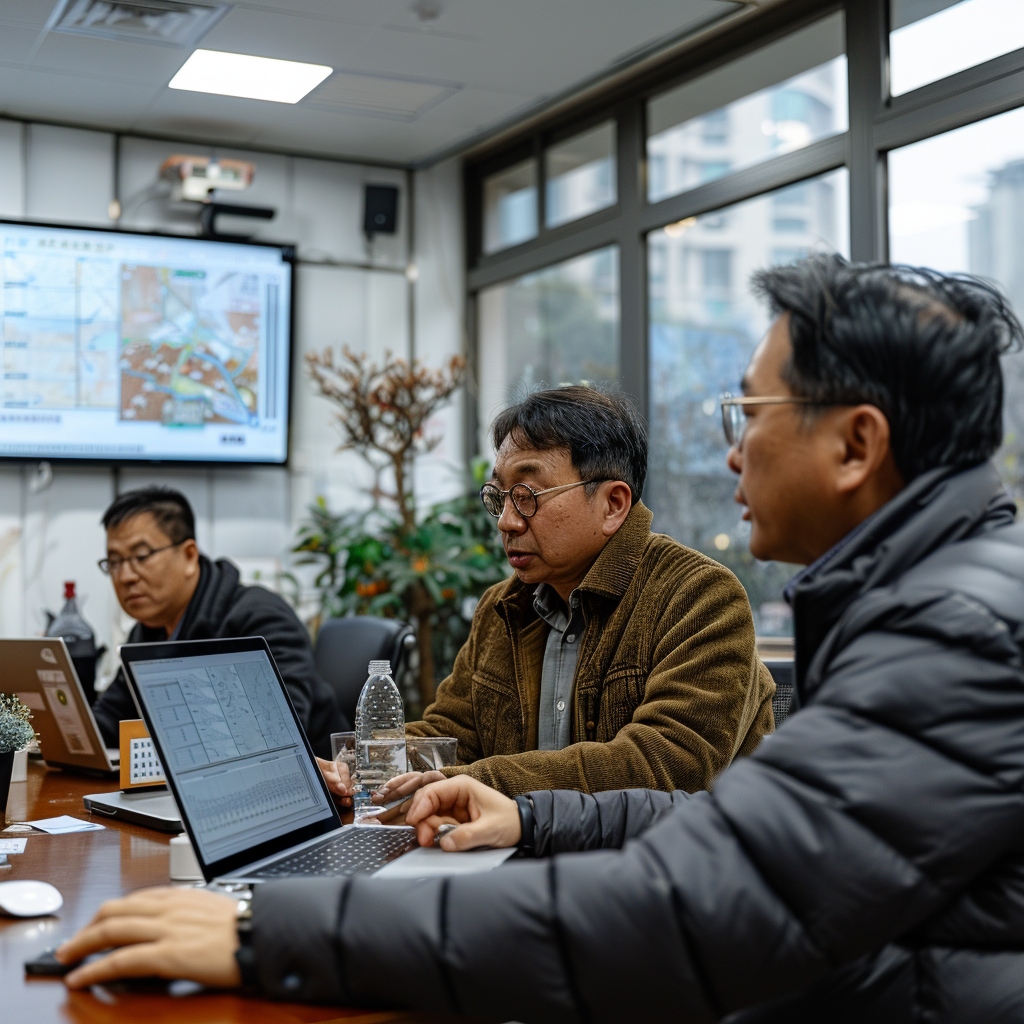發布:2025-10-23 瀏覽:0
苗木評估的基本方法包括多種技術和理論,具體的選擇取決于項目的特性、數據的可獲得性以及評估的目的。以下是一些常用的苗木評估方法:
The basic methods for evaluating seedlings include various techniques and theories, and the specific choice depends on the characteristics of the project, the availability of data, and the purpose of the evaluation. Here are some commonly used methods for evaluating seedlings:
市場比較法(Comparable Sales Method): 這是苗木評估中Zui常用的方法之一。通過比較類似苗木在市場上的銷售記錄,評估師可以確定目標苗木的市場價值。這包括比較相鄰地區或相似用途的苗木交易價格,以及考慮苗木特性的差異。
Comparable Sales Method: This is one of the commonly used methods in seedling evaluation. By comparing the sales records of similar seedlings in the market, assessors can determine the market value of the target seedlings. This includes comparing the transaction prices of seedlings from adjacent regions or similar uses, as well as considering differences in seedling characteristics.
成本法(Cost Approach): 這種方法基于苗木的替代成本來確定其價值。評估師估算如果要重新種植或購買相同品種和規模的苗木所需的成本,考慮苗木的折舊和磨損,從而得出苗木的價值。
Cost Approach: This method determines the value of seedlings based on their replacement costs. The appraiser estimates the cost of replanting or purchasing seedlings of the same variety and size, taking into account depreciation and wear and tear, in order to determine the value of the seedlings.
收益法(Income Approach): 這種方法通常用于商業苗木,特別是用于投資用途。評估師考慮苗木產生的潛在收益,包括銷售收入、租賃收入等,將這些未來收益折現為現值,從而得出苗木的當前價值。
Income Approach: This method is commonly used for commercial seedlings, especially for investment purposes. The appraiser considers the potential benefits generated by the seedlings, including sales revenue, rental income, etc., and discounts these future benefits to present value to determine the current value of the seedlings.
規模和品質評估: 苗木的規模(高度、冠幅等)和品質(生長狀態、健康狀況、形態等)是評估中重要的考慮因素。不同規模和品質的苗木可能有不同的市場價值。
Scale and quality assessment: The scale (height, crown width, etc.) and quality (growth status, health condition, morphology, etc.) of seedlings are important considerations in the assessment. Seedlings of different sizes and qualities may have varying market values.
市場需求和趨勢分析: 評估師需要了解苗木市場的情況,包括市場需求、供應情況、價格趨勢等。這有助于選擇合適的評估方法和預測未來的市場變化。
Market demand and trend analysis: Evaluators need to understand the situation of the nursery stock market, including market demand, supply, price trends, etc. This helps in selecting appropriate evaluation methods and predicting future market changes.
土地使用規劃法: 對于潛在的發展項目,評估師可能采用土地使用規劃法,考慮苗木在未來發展中的潛在價值。
Land use planning method: For potential development projects, assessors may use land use planning method to consider the potential value of seedlings in future development.
專業判斷: 在某些情況下,評估師可能需要運用專業判斷,考慮苗木的特殊性質和其他因素,以確定其價值。
Professional judgment: In some cases, appraisers may need to use professional judgment to consider the special properties and other factors of seedlings in order to determine their value.
這些方法通常會根據具體的評估項目和需求而有所調整。評估師通常會根據目標的土地用途、市場條件、品種特性等因素,綜合運用以上方法來確定苗木的價值。
These methods are usually adjusted based on specific evaluation projects and requirements. Assessors usually use a combination of the above methods to determine the value of seedlings based on factors such as land use, market conditions, and variety characteristics of the target.
本文由 森林資源資產評估 友情奉獻.更多有關的知識請點擊 http://www.kkpcgoldfoam.com/ 真誠的態度.為您提供為全面的服務.更多有關的知識我們將會陸續向大家奉獻.敬請期待.
This article is contributed by the Friendship Contribution of Forest Resource Asset Evaluation For more related knowledge, please click http://www.kkpcgoldfoam.com/ Sincere attitude To provide you with comprehensive services We will gradually contribute more relevant knowledge to everyone Coming soon.



















